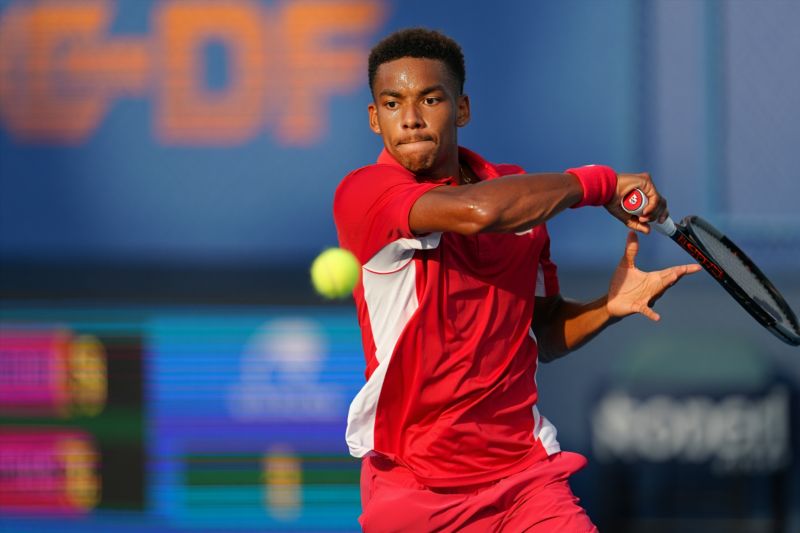
Tournament schedules shape athlete energy and success potential
In the competitive world of sports, every detail matters—from training routines to nutrition, and arguably most critically, the scheduling of tournaments. The timing and spacing of these competitions can significantly influence athlete fatigue, mental resilience, and ultimately, performance outcomes. This article explores how tournament schedules impact player exhaustion, their influence on success, and strategies to optimize scheduling for peak athlete performance.
How Tournament Timing Affects Athlete Fatigue and Performance
The Science Behind Scheduling and Energy Management
Athletes’ bodies operate on complex biological rhythms, including circadian and ultradian cycles. Disrupted or poorly planned schedules can cause:
- Increased Physical Fatigue: Short rest periods between tournaments do not allow sufficient recovery, leading to muscle fatigue and decreased stamina.
- Mental Burnout: Continuous competitions with minimal breaks can induce psychological exhaustion, affecting focus and decision-making.
- Reduced Performance Consistency: Inconsistent scheduling hampers preparedness, creating fluctuations in results.
Key Factors Linking Tournament Schedules to Performance
| Factor | Impact on Athlete | Explanation |
| Rest Period Gap | Recovery | Adequate rest enables muscle repair, replenishes energy stores, and restores mental clarity. |
| Tournament Density | Fatigue Accumulation | Too many tournaments within a short span increase physical and mental overload. |
| Travel Schedule | Jet Lag & Disruption | Frequent travel and timezone changes disturb biological rhythms, impairing performance. |
| Playoff Timing | Peak Readiness | Timing major tournaments to align with an athlete’s training cycle can maximize peak physical and mental condition. |
Strategies to Optimize Tournament Schedules for Better Performance
1. Prioritize Adequate Rest and Recovery
- Implement a minimum 7-10 days between major tournaments for adequate physical recovery.
- Incorporate active recovery days to maintain fitness without overexertion.
2. Avoid Clustering High-Intensity Events
- Spread out tournaments evenly to prevent cumulative fatigue.
- Use scheduling software and analytics to identify optimal intervals.
3. Consider Travel and Rest Logistics
- Schedule tournaments with logical geographic progression to minimize travel fatigue.
- Allow flexibility for rest days post-travel to adapt to time zone differences.
4. Align Training Cycles with Competition Schedules
- Coordinate peak training phases to coincide with upcoming tournaments.
- Use periodization strategies to avoid pre-competition overtraining.
How Organizers Can Improve Tournament Scheduling
- Implement data-driven scheduling: Using performance analytics to optimize spacing.
- Provide adequate breaks: Ensuring players have sufficient recovery time.
- Coordinate with athletes’ teams: Tailoring schedules to individual needs for maximum output.
- Limit consecutive competitions: Reducing back-to-back high-stress events to prevent burnout.
Frequently Asked Questions
How does tournament frequency influence athlete performance?
Frequent tournaments often lead to increased fatigue, risking injuries and decreased focus, which compromise performance. Strategic scheduling ensures athletes remain fresh, focused, and at their best.
What is the ideal interval between major tournaments?
While it varies by sport and athlete, generally a minimum of one to two weeks provides sufficient recovery time for most athletes.
Can scheduling influence injury rates?
Absolutely. Overloaded schedules can lead to overuse injuries due to inadequate recovery. Well-planned schedules reduce this risk, promoting longevity and safety.
Tournament schedules are not just logistical arrangements—they are a critical determinant of athlete fatigue and success. By understanding the science behind energy management and implementing strategic scheduling practices, sports organizations and athletes alike can maximize performance while minimizing exhaustion and injury risk. Today, optimizing tournament timing isn’t just about convenience; it’s about elevating athletic potential.
Take action now: Review your current tournament calendar and implement intelligent scheduling strategies to ensure athletes perform at their peak—because in sports, timing truly is everything.
Call to Action
Are you ready to revolutionize your tournament scheduling? Contact our scheduling optimization specialists today to develop a customized plan that boosts athlete performance and reduces fatigue. Visit [YourWebsite.com](http://yourwebsite.com) or call us at (123) 456-7890 to start transforming your sports calendar now!